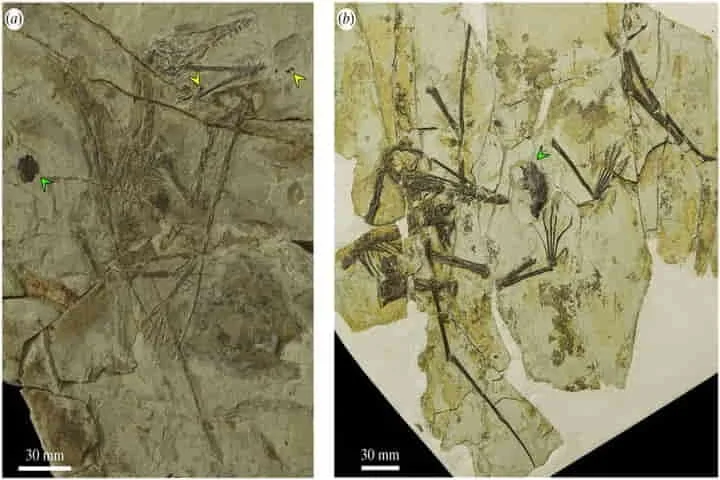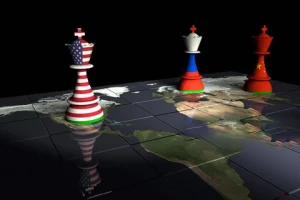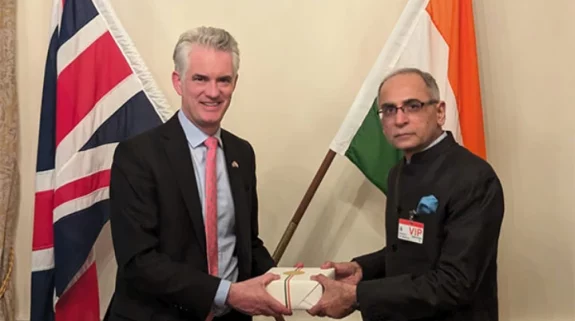Scientists in China were amazed when they found that the extinct species of pterosaur – the flying reptile of the Jurassic and Cretaceous periods — like present day owls spewed out those parts of the meal that they were unable to digest. Knowing this aspect about these ancient flying creatures brought to light details about their digestive structure and food according to a report in smithsonianmag.com.
The details of the research were published in Philosophical Transactions of the Royal Society B and it stated that the scientists had probed two pterosaurs belonging to Kunpengopterus sinensis species of which one was an adult and the other a juvenile. Outside their bodies, fossilized pellets were found and these held scales of fishes of unknown species. The size of the larger pellet was wider than the pelvises of both the animals, pointing that it could not have come out through cloaca – the exit that is used to defecate, mate or lay eggs.
Talking to New York Times, the study’s author, Shunxing Jiang who is a Chinese Academy of Sciences’ palaeontologist said: “We have two specimens of one species, with similar-size pellets relative to its body size. This does not often happen in the study of vertebrate palaeontology, especially pterosaurs.”
The study suggested that pellets pointed at “the presence of two-part stomachs and efficient antiperistalsis in both juveniles and adults”. The shrinking of intestines is known as antiperistalsis and this forces contents to move in the opposite direction instead of the mouth. In order to produce the pellet, it is necessary to have both these features.
The two Kunpengopterus specimens from the Jurassic period were discovered from Yanliao Biota which is located in the northeast China. Existence of a two-part stomach had previously been seen in one Cretaceous pterosaur but pellets from pterosaurs from earlier ones of the species indicates that this attribute had come into being millions of years ago.
In today’s world all the birds have two-part stomachs. The owl’s second chamber is called gizzard and it acts as a receptacle of fur, bones and teeth which are all thrown out later and what is interesting is that like owls, pterosaurs did not chew their food.
Also read: Flying Dinosaurs with a 40 feet wingspan once dominated the skies
Jiang told Live Science: “Most pterosaurs cannot chew their food because their teeth did not have the structure for chewing. Also, some nearly complete fish were found in the stomachs of pterosaurs and it is apparent that the fish were not chewed.”
Regurgitation of the parts of the prey is found in raptors, owls and also cormorants, gulls, certain lizards and marine mammals and crocodilians. Among the extinct creatures, non-avian dinosaurs and other reptilian species ejected pellets.
Since the fish scales were found in the adult and juvenile pellets it suggests that this species had the same diet right through their life.




















